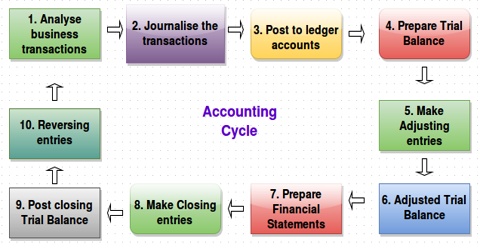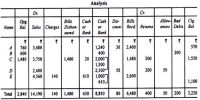Basic Concepts of Accounting in Business Transactions
These concepts guide how business transactions are reported.
Revenue Recognition Concept
According to this concept, revenue is measured as the profits earned on the date when it is realized. Unearned or unrealized income should not be taken into account. The recognition concept is essential for formative earnings pertaining to an accounting period. It avoids the chance of inflating incomes and earnings.
Dual Aspect Concept
Dual aspect principle is the origin for Double Entry System of book-keeping. All business transactions recorded in accounts have two aspects – receiving advantage and giving advantage. For example, when a business acquires an asset (receiving of benefit) it have to pay cash (giving of benefit).
Historical Cost Concept
Under this concept, assets are recorded at the cost paid to obtain them and this expenditure is the origin for all following accounting for the asset.
Full Disclosure Concept
Accounting statements should reveal finally and completely all the significant information. Based on this, decisions can be taken by assorted concerned parties. It involves appropriate categorization and explanations of accounting information which are published in the economic statements.
Matching Concept
Matching the revenues earned throughout an accounting period with the expenditure connected with the stage to determine the result of the trade apprehension is called the matching conception. It is the origin for finding perfect earnings for a period which can be carefully dispersed to the owners.















